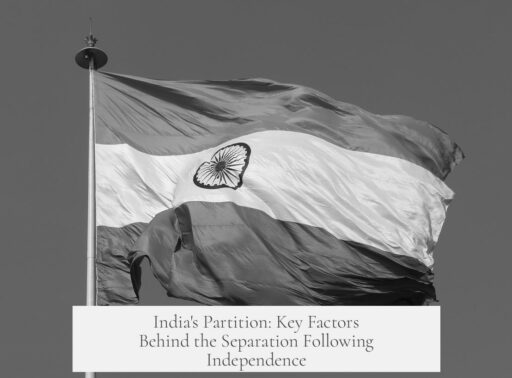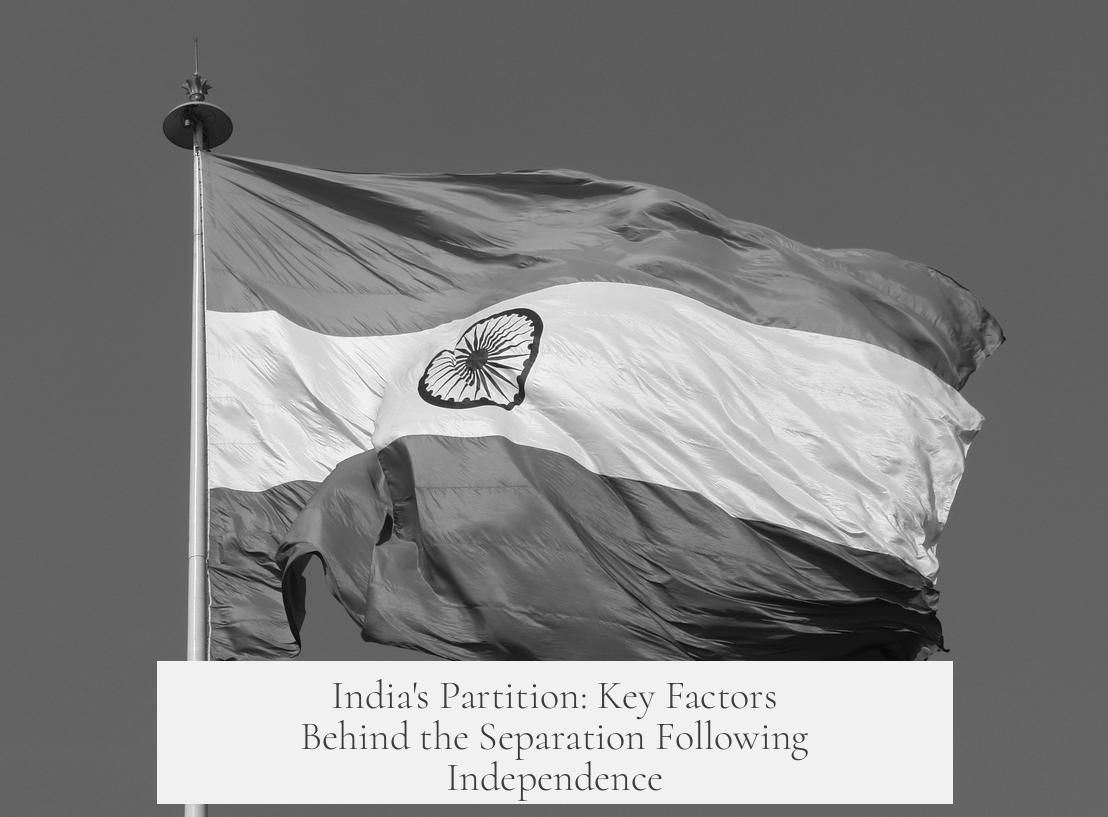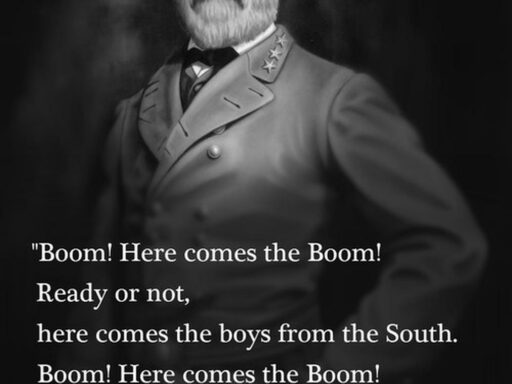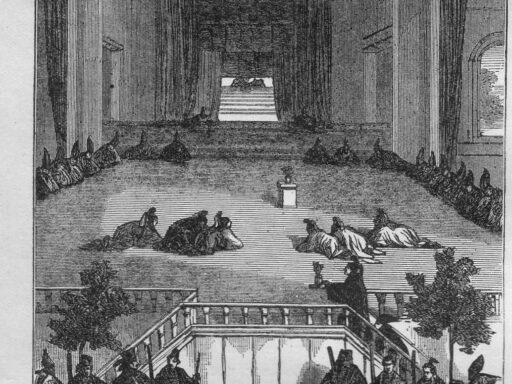India was partitioned at the exact moment it gained independence, not after. The division resulted from complex political, communal, and colonial factors culminating in the creation of Pakistan and India as two separate nations on August 14 and 15, 1947 respectively.
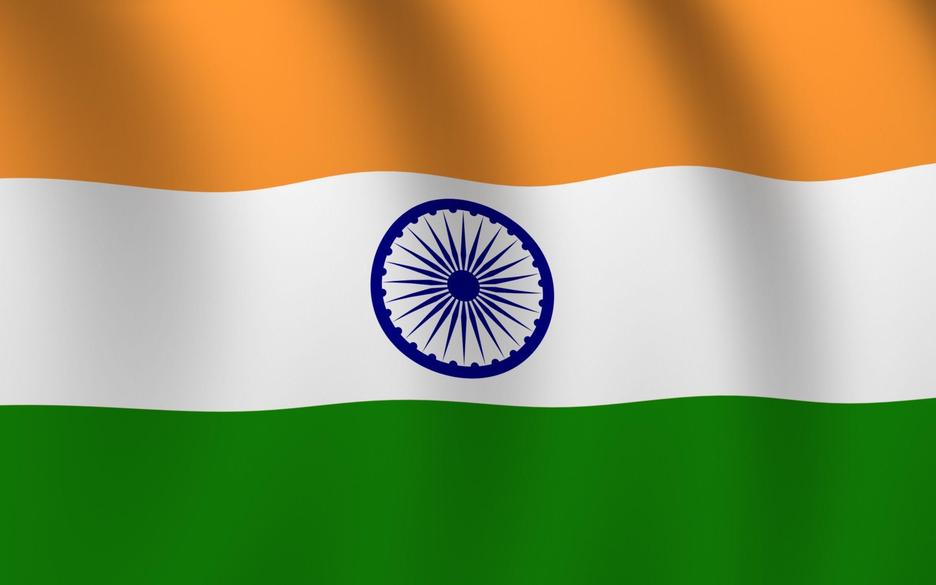
The demand for a separate Muslim state emerged mainly from the All-India Muslim League. As Indian independence movements accelerated post-World War I, Muslim leaders increasingly felt vulnerable within a Hindu-majority democratic setup. They feared political and social marginalization. This concern matured throughout the 1930s, peaking with the Pakistan Resolution of March 1940. The League formally demanded the separation of Muslim-majority areas into a distinct sovereign nation, signaling a fundamental shift in the movement.
Communal tensions and violence between religious groups were prevalent in pre-independence India. Muslims, Hindus, and Sikhs often found themselves in fierce disputes and violent clashes. This history of discord undermined social harmony and fueled mistrust. These divisions existed before British rule but worsened under colonial policies designed to exploit religious and caste differences for easier control.
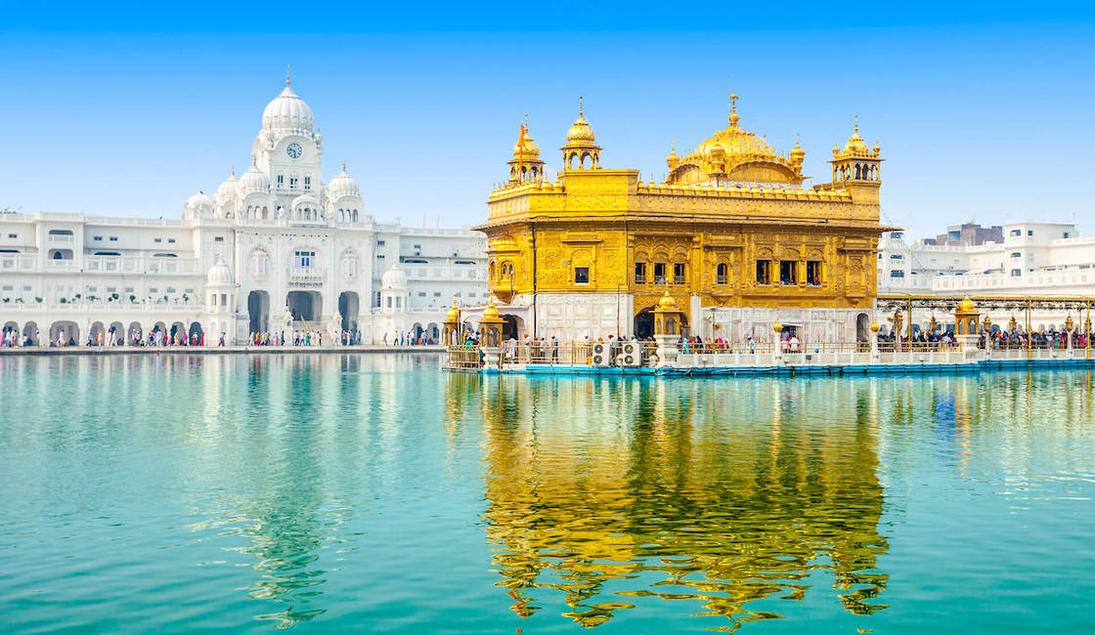
The British found it increasingly difficult to manage these communal conflicts. They implemented separate electorates and promoted divide-and-rule strategies that deepened rifts. These policies contributed to deteriorating relationships, setting the stage for eventual partition. The partition plan was devised as Independence drew nearer, involving British officials unfamiliar with India’s complex geography and population, including Sir Cyril Radcliffe, who demarcated the controversial boundary line called the Radcliffe Award. His sudden, unexperienced decisions led to contentious borders, causing massive displacement and violence.
The political environment evolved with Muslim demands shifting from seeking safeguards within a united India to pressing for complete separation. Initially, even prominent Muslim leaders were skeptical about the idea of a separate country. The term “Pakistan” was coined by Choudhry Rahmat Ali, a student in Britain, who was initially ridiculed for proposing division.
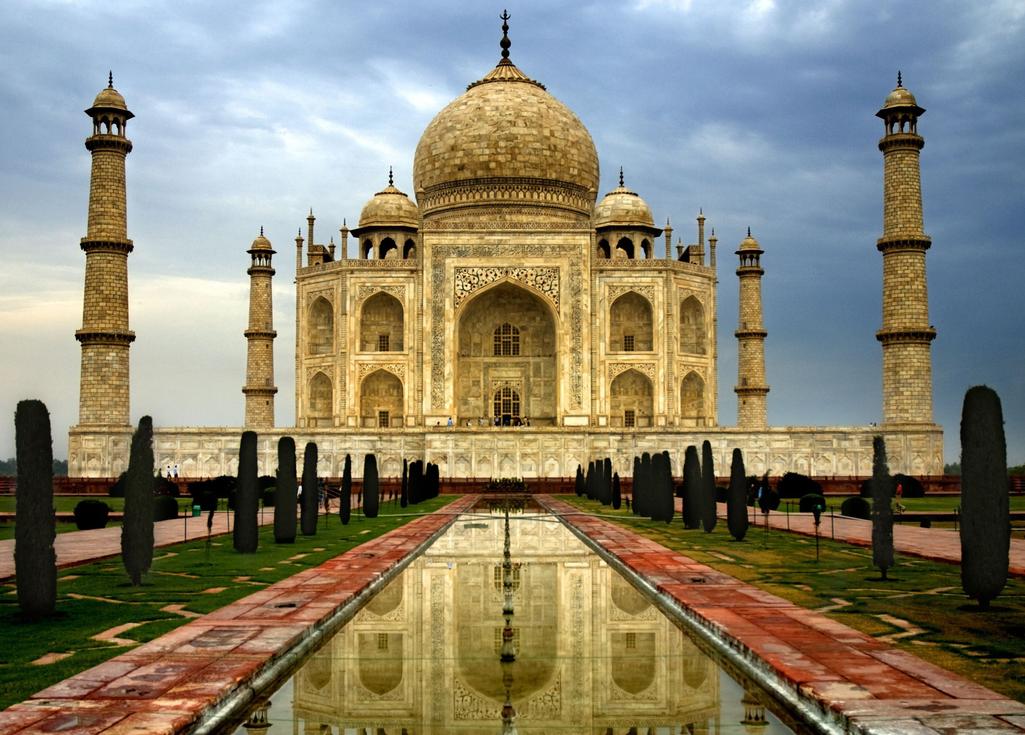
However, escalating communal violence convinced Muslim leaders that partition was necessary. The worsening conflict around religious communities made coexistence seem impossible. The assassination of Mahatma Gandhi by a Hindu nationalist underlined these heightened tensions. Gandhi’s efforts at Hindu-Muslim reconciliation were seen as betrayal by some extremist factions, exemplifying the depth of communal strife at the time.
The partition also rested on the philosophical “Two-Nation Theory,” which held that Hindus and Muslims were distinct nations with irreconcilable differences. This theory predated the political movements of the 1930s and was championed by figures like Syed Ahmed Khan in the late 19th century. Khan argued that Muslims had a distinct identity and interests that could not fully merge with Hindu society. He controversially suggested that British rule was preferable for Muslims compared to Hindu dominance, framing the foundation for later separatist ideology.
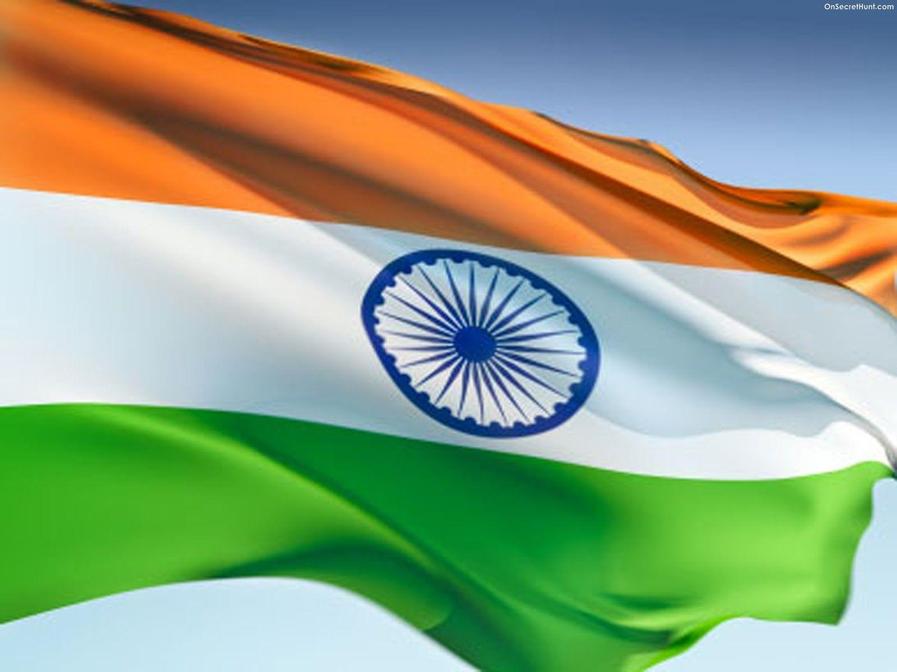
British colonial administrations had earlier experimented with separate electorates to represent Muslims and Hindus. These experiments intensified religious identities rather than fostering national unity. The Indian National Congress’s refusal to accept Muslim proposals for a federal structure further widened the divide. Amid fears of looming British withdrawal, the Muslim League cemented its stance with the Pakistan Resolution, ensuring partition became part of the independence settlement.
Key contributors to partition include:
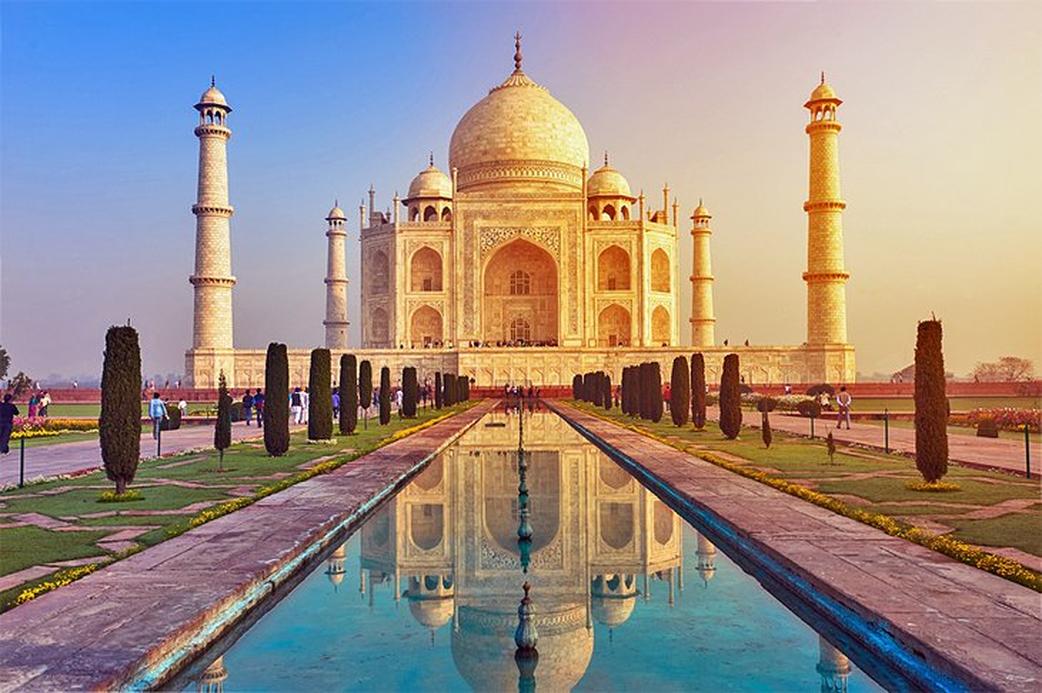
- The Muslim League’s demand for a separate Muslim state due to fears of minority status.
- Long-standing religious and communal tensions exacerbated by British colonial policies.
- British officials hastily drawing borders with limited understanding of local realities.
- Political negotiations failing to reconcile Hindu-Muslim differences in united India.
- The ideological Two-Nation Theory advocating separate national identities for Hindus and Muslims.
- Escalating communal violence making peaceful coexistence seem increasingly untenable.
The partition shaped South Asia’s geopolitical landscape and caused one of the largest mass migrations in history. It was not a sudden event after independence but a planned and negotiated outcome aligned with British exit plans. Understanding the demands, fears, and historical context clarifies why India and Pakistan emerged as separate nations simultaneously on August 14-15, 1947.
Key takeaways:
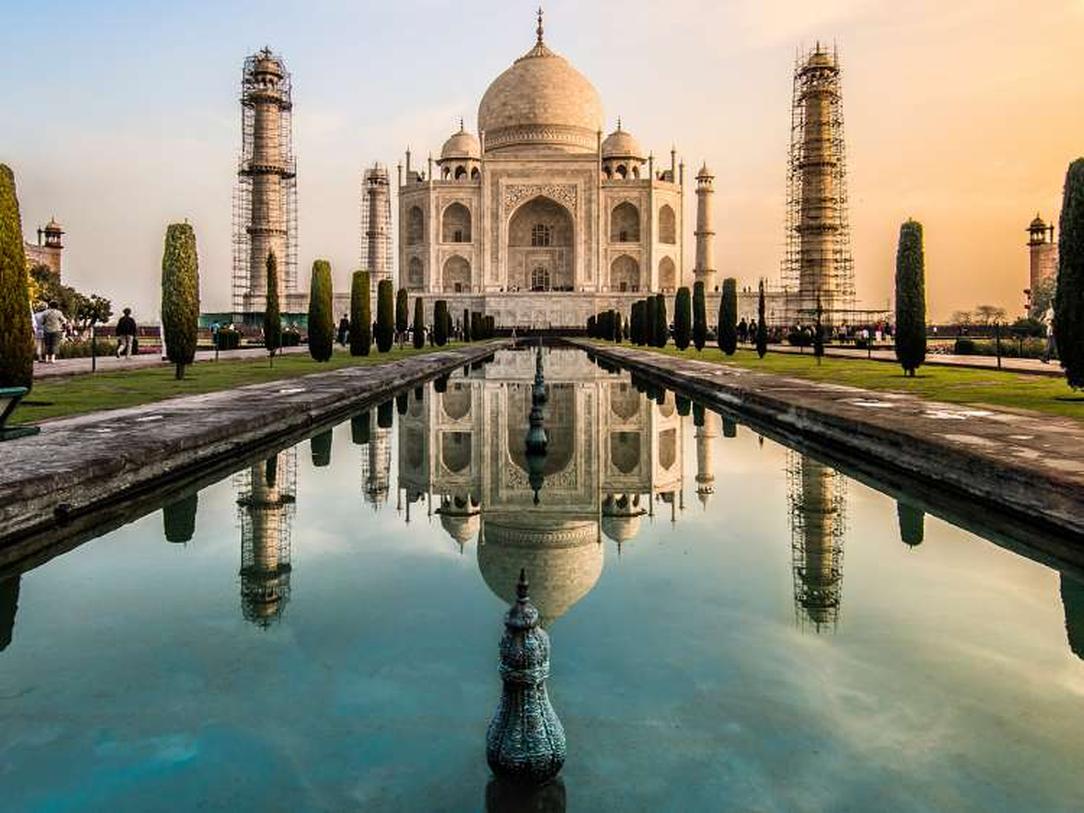
- India was partitioned simultaneously with gaining independence in 1947.
- The Muslim League demanded a separate Muslim nation due to fear of political marginalization.
- Communal violence and religious tensions underpinned the demand for partition.
- British policies exploited religious differences, worsening communal divisions.
- The Two-Nation Theory formed the ideological basis for separation.
- Political negotiations failed to reconcile Hindu-Muslim communal differences.
- The Radcliffe Award hastily divided India and Pakistan, causing widespread displacement.
Why Was India Partitioned As It Gained Independence? Unpacking History’s Toughest Question
India’s partition wasn’t a post-independence surprise. It happened simultaneously. This fact alone rewrites a common story. Many imagine independence first, partition later. But Pakistan’s Independence Day lands a day before India’s, proving the split was perfectly timed together. So, why did this grand bifurcation happen exactly as freedom was unveiled?
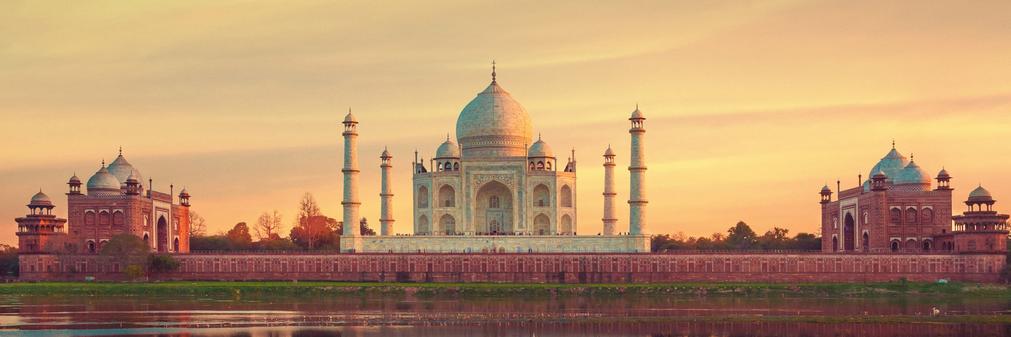
Let’s journey into the web of history, politics, and human fears that shaped this event—and reveal what really drove the world’s largest democracy to divide its soul.
The Muslim League’s Demand: A Separate Nation Emerges
Back in the early 20th century, the Indian independence movement picked up steam after World War I. The Indian National Congress fought for freedom, but not every group shared the same dream. The Muslim League came forward with a growing concern: Would Muslims get a fair share in a Hindu-majority independent India? Their answer? A resounding no.
As decades passed, this concern evolved into a bold demand. The Muslim League officially called for a separate country in the Pakistan Resolution of 1940, envisioning Pakistan as a homeland for Muslims in the Muslim-majority areas of India. This was no sudden idea; it brewed during the 1930s amidst political trials and scattered violence. The League’s leaders feared that once the British left, Muslims would be sidelined politically and socially.
Communal Tensions: Harmony Was a Dream, Not Reality
Was pre-independence India a peaceful blend of cultures? Far from it. Years before the British bow-out, sectarian violence flared repeatedly. Think of the historical clashes and suppression attempts—for example, the Mughal campaigns against Sikhs.
The British East India Company noticed how religious divides could keep people divided and easier to control. They encouraged these divisions through policies that intensified distrust between communities. This strategy resulted in deep, lasting wounds—a legacy even independent India and Pakistan struggle with today.
The British Hand: A Partition Plan From Afar
When the day to partition came, it was more than just political decisions in India. The British chose Sir Cyril Radcliffe, a man who’d never set foot in India, to draw borders between India and Pakistan. The so-called “Radcliffe Award” was hurried, imprecise, and left millions confused and displaced.
The groundwork for partition was laid much earlier through electoral experiments. The British introduced separate electorates for Hindus and Muslims, formalizing divisions in politics. The Congress party didn’t agree with dividing India into federations based on religion, but the Muslim League persisted.
Political Shifts: From Laughs to Serious Demands
Believe it or not, the name “Pakistan” was coined by Choudhry Rahmat Ali, a student studying in the UK. When he proposed a separate Muslim nation, prominent Muslim leaders laughed it off. Splitting India seemed absurd then.
But communal violence worsened drastically in the 1940s. Leaders saw the writing on the wall—the British would leave soon, and without a separate nation, Muslims’ safety and political power would be at risk. This harsh reality forced acceptance of partition.
The atmosphere grew so tense that iconic figures felt its weight profoundly. Mahatma Gandhi was assassinated by a Hindu nationalist, angered by Gandhi’s attempts to reconcile Hindus and Muslims. This tragic event highlighted just how charged the communal sentiments were.
The Two-Nation Theory: A Deep-Rooted Belief
The idea that Hindus and Muslims were two nations didn’t pop up overnight. It’s rooted deeply, reaching back to the 1880s with Syed Ahmed Khan, who questioned whether coexistence was genuinely possible. He even suggested British rule might be better due to Muslims’ affinity for Abrahamic faiths.
Thus, the two-nation theory became the intellectual backbone of partition—a way for the Muslim elite to justify separate futures based on religion, culture, and identity.
The Big Picture: Why Partition Was “Necessary” in Their Eyes
With all this context, it’s clearer why partition was seen as inevitable. The combination of communal violence, political distrust, and religious identities all converged into a call for division. The British, tired of controlling India and facing increasing pressure at home, acquiesced.
This resulted in a hurried and painful partition, affecting millions, sparking mass migrations, and sowing seeds of conflict that echo today.
Looking Back: Lessons and Reflections
Why was India partitioned after they got their independence? Because it was partitioned at the same time. The root cause was the Muslim League’s demand for a separate nation born out of fears of Hindu dominance, backed by deeper historical divides and British policies that fractured communities.
Partition was more than a political event—it was a human drama on a colossal scale. Understanding this helps us see freedom as a complex, not a simple, victory.
Practical Insights: How Can We Learn from Partition?
- Recognize the dangers of divisive politics. When communities start fearing exclusion, tensions can turn volatile.
- Promote inclusive governance. Shared power structures can ease fears of marginalization.
- Address historical grievances. Ignoring wounds only prolongs conflict.
- Ensure boundary decisions are made thoughtfully. Radcliffe’s rushed work caused chaos; careful planning matters.
In short, partition wasn’t an accident. It was a bitter outcome of political miscalculations, historical tensions, and urgent demands for identity and safety. While the subcontinent continues to heal, understanding the why can help us build bridges stronger than ever before.
